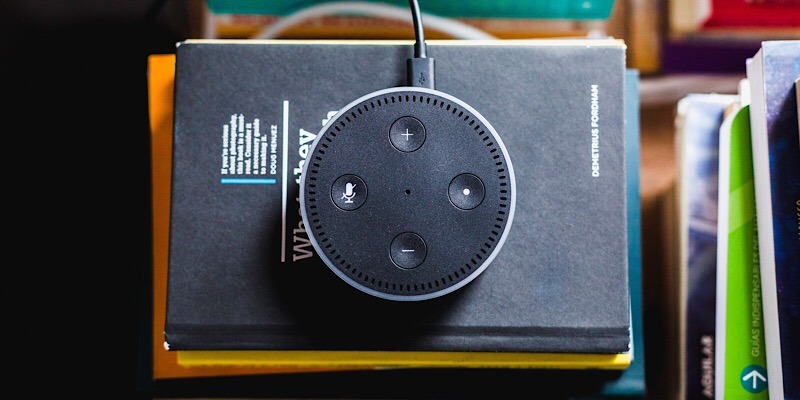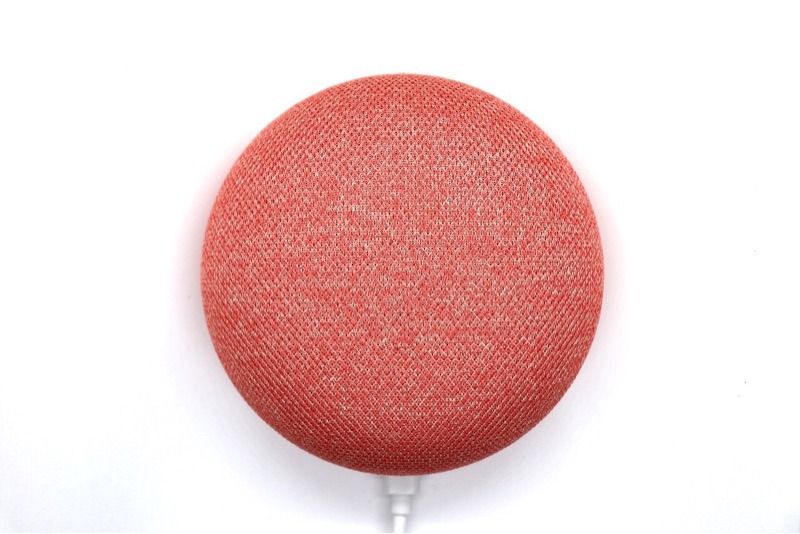
If you’re considering building and marketing a smart speaker, forget it. You don’t have a chance. The big three device makers in the market, who also seem to corner much of technology as a whole, are holding on to so much of the market, there isn’t much room left for anyone else. Amazon, Google, and Apple have a lock on it.
Smart Speaker Market
If you have a smart speaker in your home, it’s most likely carrying the Amazon label and is something from their Echo line. A survey shows that their name is on 70 percent of the installed smart speakers in the U.S. You may have a Google Home, as they are cornering 24 percent of the market, while Apple’s HomePod has just 6%, according to the market research by Consumer Intelligence Research Partners.
This is a market that’s continuing to grow. In December 2017 there were 36 million units. That grew to 53 million units last September, and now there are 66 million units.
One thing affecting that drastic increase is that the number of people who own more than one smart speaker is growing as well. Through the end of 2018, 35 percent of all smart speaker owners had more than one. A year ago a little more than half said the same thing with 18 percent.
“Holiday shoppers helped the smart speaker market take off again,” reported Josh Lowitz, CIRP co-founder and partner. “Relative market shares have remained fairly stable, with Amazon Echo, Google Home, and Apple HomePod accounting for consistent shares for the past few quarters.

“Amazon and Google both have broad model lineups, ranging from basic to high-end, with even more variants from Amazon. Apple, of course, has only its premium-priced HomePod and likely won’t gain significant share until it offers an entry-level product closer to Echo Dot and Home Mini,” he added.
Certainly, the cost factor weighs in, like Lowitz alluded to. Apple’s only version, the HomePod, costs $349, while Amazon’s lowest-priced speaker is just $19.99. And that also allows you to put more than one in the home, while you’re less likely to do that with something costing $349. Google is just over Amazon’s price point with their cheapest speaker costing $29.99.
CNBC saw other facts weighing in as well: “While the HomePod prides itself on high-quality audio and the fact that it does not store conversations in the cloud as other devices do, the number of services it supports is narrower compared with its competitors. Siri will only listen to commands to play music from Apple’s own streaming service, and playing from other services, like Spotify, require a more complicated setup.”
But Apple seems to be wising up here. If people buy an Amazon or Google speaker, and they can’t play their Apple Music on there, they may get rid of Apple Music and decide to go with a different music-streaming service. And if they do that, they may also decide to ditch their iPhones, iPads, or Apple TVs. To solve that problem, they started making Apple Music available to non-Apple smart speakers.
Following the IoT Trend
But all of this is just following the Internet of Things trend. The overall genre seems to be exploding as well. We’re at a time when consumers are appreciating their devices doing things for them, giving them a much-needed break. The smart speaker market is no different.
Are you following the leaders in the trending smart speaker market? Are you one of the 70 percent with an Amazon speaker? Or do you have one of their competitors’ devices. Step up and be counted in the comments.







